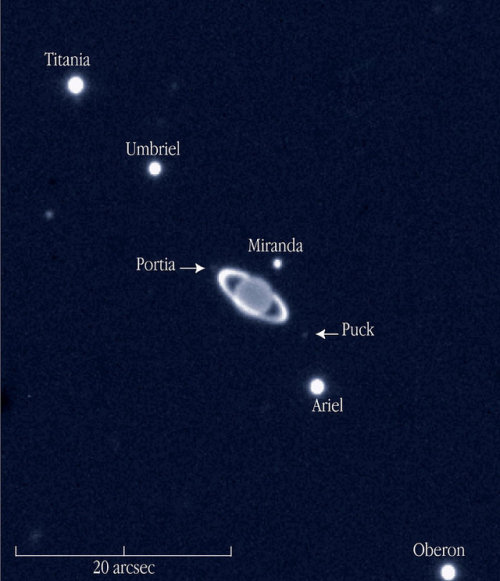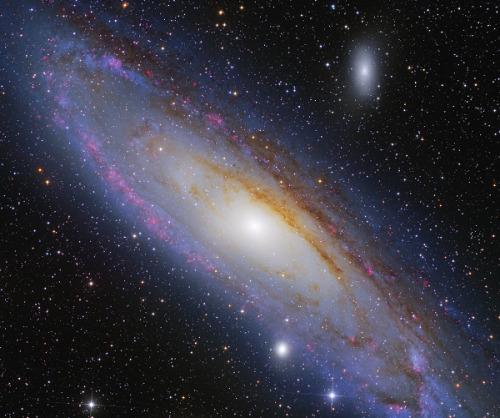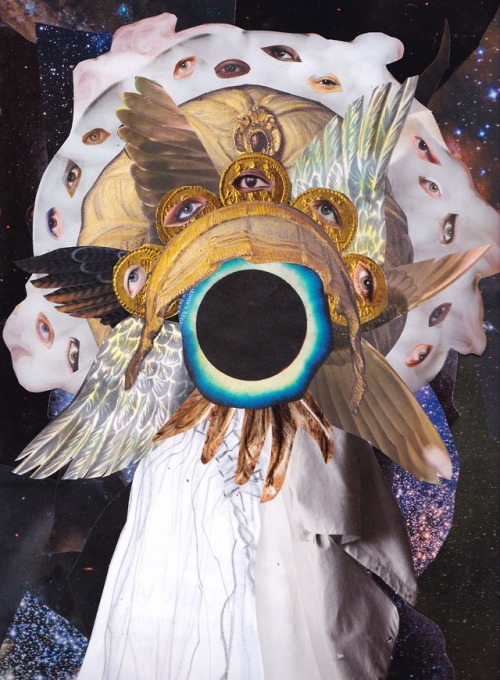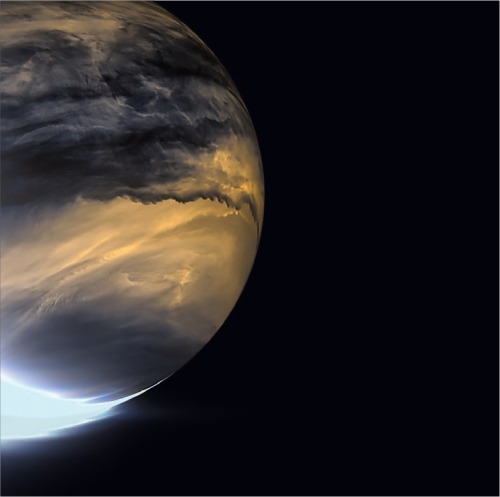Sidusglacies - ⚡️









More Posts from Sidusglacies and Others
Fallstreak Holes

Occasionally clouds appear to have a hole in them; these are known as fallstreak holes or hole-punch clouds. (Image credit: J. Stevens/NASA; via NASA Earth Observatory) Read the full article
ancient greek word of the day: κλονοκάρδιος (klonokardios), heart-stirring, epith. of the thunderbolt

A near-infrared view of the giant planet Uranus with rings and some of its moons, obtained on November 19, 2002, with the ISAAC multi-mode instrument on the 8.2-m VLT ANTU telescope at the ESO Paranal Observatory (Chile). The moons are identified; the unidentified, round object to the left is a background star. The image scale in indicated by the bar.
Credit: ESO


"the locals say that no matter what angle you see them from, the moon will always be in the fragment of sky between their antlers. whether this is true, I don't know, but the old gods can do things your gods can't."
love talking about weather. like yes girl the heat or lack thereof ❤️


And the angel said, “DO NOT BE AFRAID.”

ENCELADUS: TIGER STRIPES AND THE CHANCE FOR LIFE Discovered by William Hershel in 1789, Enceladus is the sixth largest moon of Saturn. It appears as a small, faint speck through a telescope and until recently not much was known about this mysterious world.
Keep reading
-
 mi-corazon-funciona-sin-latidos reblogged this · 4 months ago
mi-corazon-funciona-sin-latidos reblogged this · 4 months ago -
 mi-corazon-funciona-sin-latidos liked this · 4 months ago
mi-corazon-funciona-sin-latidos liked this · 4 months ago -
 h4lcy0n reblogged this · 5 months ago
h4lcy0n reblogged this · 5 months ago -
 rauhassa reblogged this · 5 months ago
rauhassa reblogged this · 5 months ago -
 schlumpfleiin liked this · 5 months ago
schlumpfleiin liked this · 5 months ago -
 frommyviews liked this · 5 months ago
frommyviews liked this · 5 months ago -
 amarannta reblogged this · 5 months ago
amarannta reblogged this · 5 months ago -
 softsweetblue reblogged this · 5 months ago
softsweetblue reblogged this · 5 months ago -
 below-my-s0ul liked this · 1 year ago
below-my-s0ul liked this · 1 year ago -
 alloutofgoddesses reblogged this · 1 year ago
alloutofgoddesses reblogged this · 1 year ago -
 alloutofgoddesses reblogged this · 1 year ago
alloutofgoddesses reblogged this · 1 year ago -
 kylisianna liked this · 1 year ago
kylisianna liked this · 1 year ago -
 cocogold333-blog reblogged this · 1 year ago
cocogold333-blog reblogged this · 1 year ago -
 cocogold333-blog liked this · 1 year ago
cocogold333-blog liked this · 1 year ago -
 31maj liked this · 1 year ago
31maj liked this · 1 year ago -
 baddestvenus-in-virgo reblogged this · 1 year ago
baddestvenus-in-virgo reblogged this · 1 year ago -
 baddestvenus-in-virgo liked this · 1 year ago
baddestvenus-in-virgo liked this · 1 year ago -
 bearbirlem liked this · 1 year ago
bearbirlem liked this · 1 year ago -
 axioshesaid reblogged this · 1 year ago
axioshesaid reblogged this · 1 year ago -
 flapybdema liked this · 1 year ago
flapybdema liked this · 1 year ago -
 plctera liked this · 1 year ago
plctera liked this · 1 year ago -
 thickolas reblogged this · 2 years ago
thickolas reblogged this · 2 years ago -
 twistedboxy reblogged this · 2 years ago
twistedboxy reblogged this · 2 years ago -
 twistedboxy liked this · 2 years ago
twistedboxy liked this · 2 years ago -
 crystal-winters reblogged this · 2 years ago
crystal-winters reblogged this · 2 years ago -
 khlona reblogged this · 2 years ago
khlona reblogged this · 2 years ago -
 space-cramps reblogged this · 2 years ago
space-cramps reblogged this · 2 years ago -
 toskababy liked this · 2 years ago
toskababy liked this · 2 years ago -
 marimbist liked this · 2 years ago
marimbist liked this · 2 years ago -
 gayboifromthedez liked this · 2 years ago
gayboifromthedez liked this · 2 years ago -
 thisisendwithyou reblogged this · 2 years ago
thisisendwithyou reblogged this · 2 years ago -
 thisisendwithyou liked this · 2 years ago
thisisendwithyou liked this · 2 years ago -
 allofusdust reblogged this · 2 years ago
allofusdust reblogged this · 2 years ago -
 megavileplume reblogged this · 2 years ago
megavileplume reblogged this · 2 years ago -
 rockoblanco reblogged this · 2 years ago
rockoblanco reblogged this · 2 years ago

